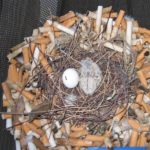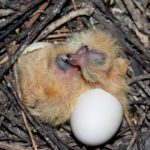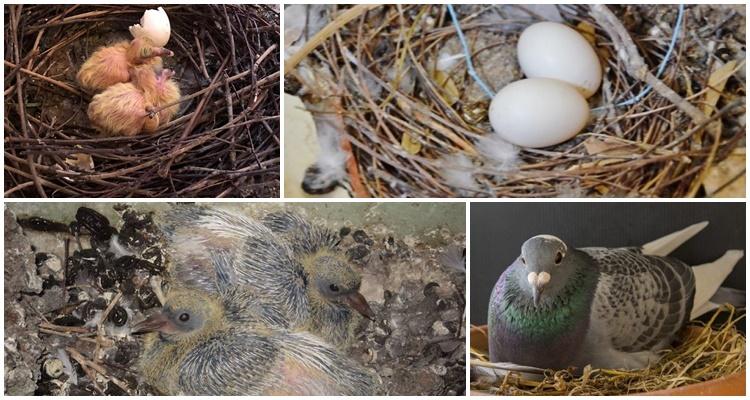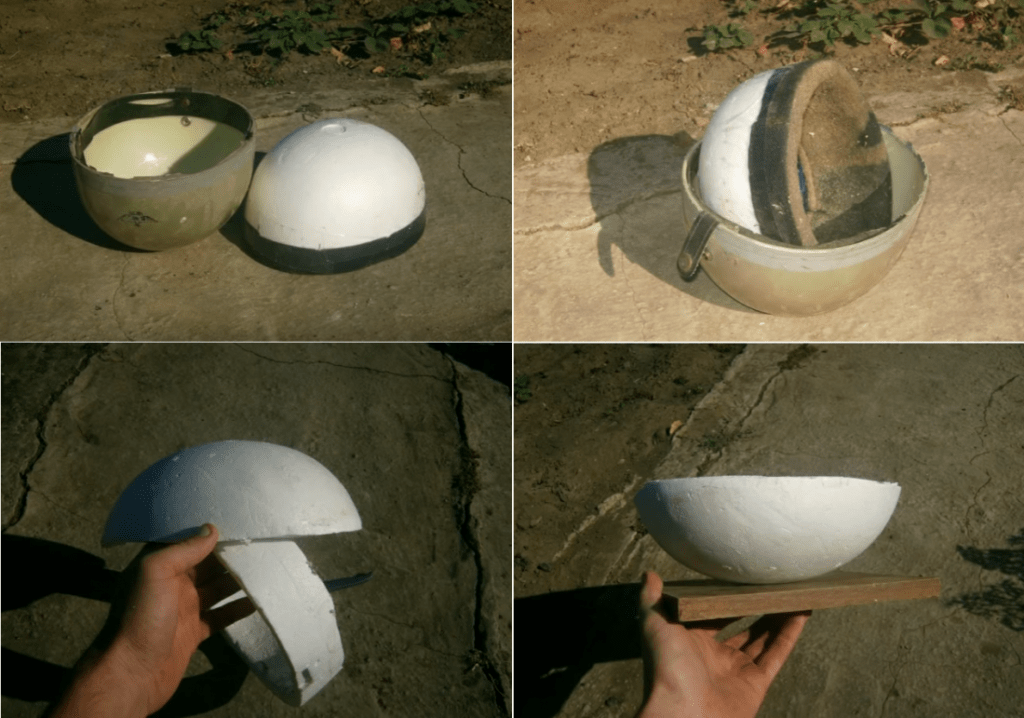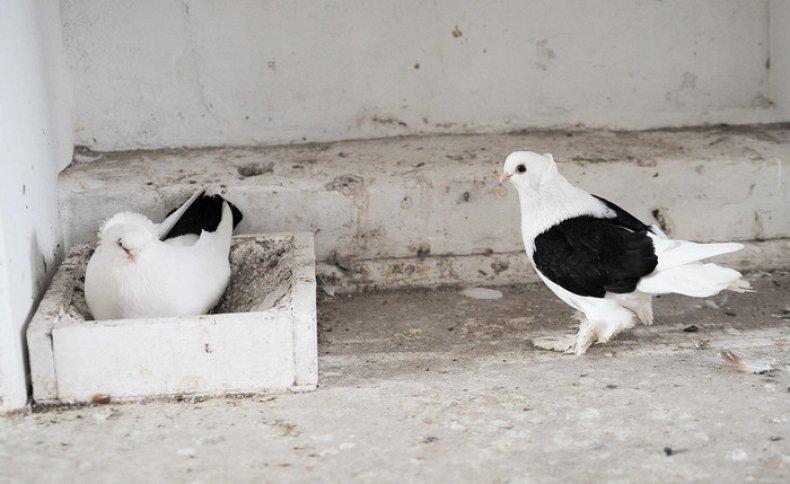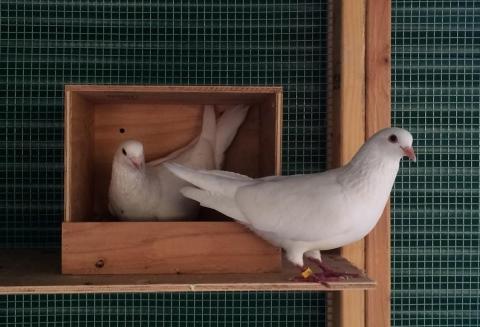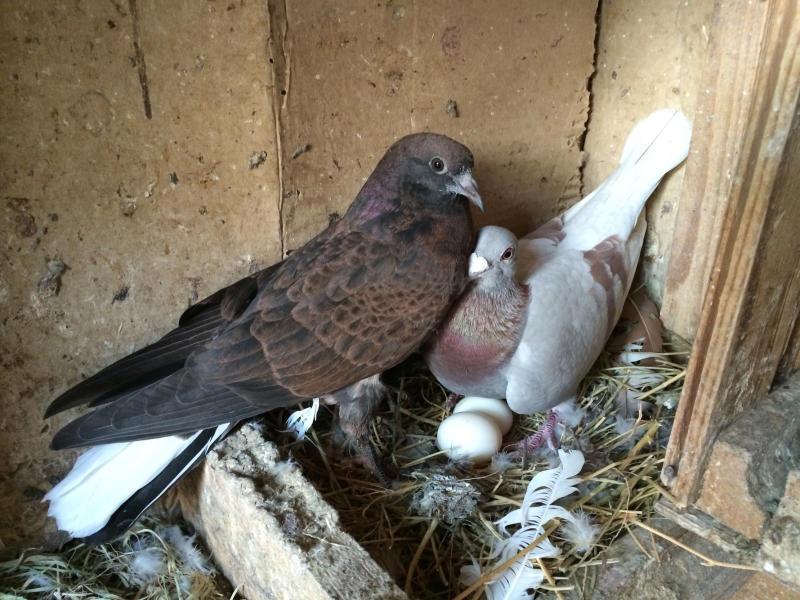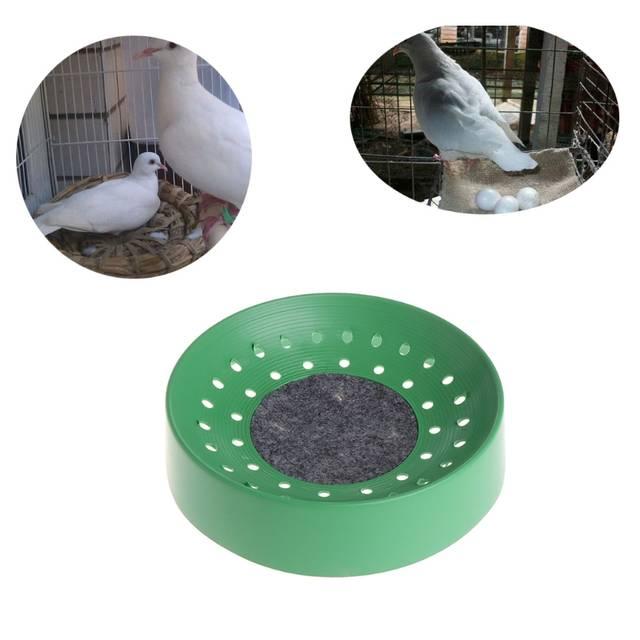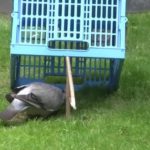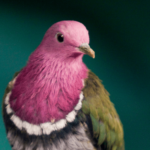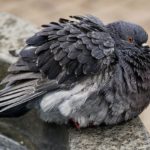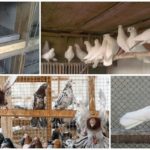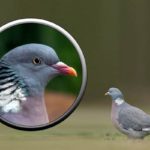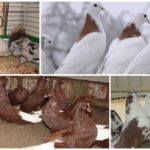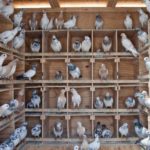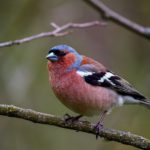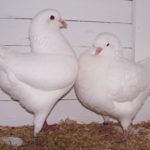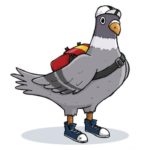Pigeons, like all birds, raise their chicks in nests. Wild ones build them themselves from twigs that they find on the street, domestic ones do not always show so much diligence, and often the owner takes care of the building material. Let's consider what types of pigeon nests there are, what you can make them from at home and how to care for them so that the birds feel comfortable and comfortable.
Do pigeons build nests?
The nest of these birds is of simple design and is made of dry thin twigs, blades of grass, straw, and roots. The pigeons lay out all this and intertwine it together, but it is loose and fragile. The average size of the nest is 20-30 cm. Both future parents take part in its construction. Not only the dove hatches the chicks, but also the pigeon, which sits on the eggs while the female eats and rests.
In total, the dove sits on the eggs for 18 hours, the rest of the time the pigeon does this. The duration of elimination is about 19 days. The chicks emerge from the egg within 24 hours.
Quality sockets, what are they?
In order for incubation to be successful and smooth, the female should be comfortable in the nest and should not be distracted by anything. It is necessary to build cages or cells that are installed near one of the walls of the dovecote, in the quietest corner of the room. The cage must have space not only for a nest, but also free space so that the pigeons can move freely.
Next to the prepared nests you need to put building material - straw, hay, thin twigs, so that the birds can see where to get it. It is advisable that the pigeons build a nest themselves, since they may not like what the owner offers them, and they will not fly there.
The chicks spend a month in the nests and then leave them. During the season, pairs can raise 3 broods.After the end of the breeding season, the structure needs to be removed from the dovecote.
Types of pigeon nests
Pigeon nests can be different in shape: square, rectangular, round. The material for manufacturing can also be different, but it must be durable so that the structure is stable, and safe for the bird.
Sides made of wooden blocks are installed in the cages; they protect the nests from moving and serve as perches for the pigeons.
Cages or cells can be stationary; they are attached to the wall if the area of the dovecote allows them to be left in a permanent place. If the room is small, the racks are made removable and portable. In the latter case, the structure can be removed from the dovecote for cleaning and disinfection.
How to make a bird's nest with your own hands?
Let's look at how to make a structure from scrap materials with your own hands. For manufacturing, you can take wooden blocks, planks, plastic, polystyrene foam, clay and even gypsum. The advantage of nests for pigeons made of plaster, clay and plastic is that they are durable and are not afraid of treatment with disinfectants. This means that, having made them once, you can use them for many years.
From plaster
To cast from plaster, you will need a mold; a round or oval bowl or plastic bowl of different sizes - larger and smaller - are good for this. Cover the surfaces with cling film, dilute the plaster with water until it becomes thick with sour cream, add 1 tsp to the mixture. glue, mix. Pour into a larger diameter mold and place a smaller one on top. A load is placed in it. The thickness of the gypsum layer is 3 cm. Leave until the mixture dries. Then the molds are removed and the product is left to dry and air.Then the edges are sanded with sandpaper and painted.
From foam plastic
Polystyrene foam was chosen as the material for pigeon nests because it retains heat well. Sequence of actions: cut out a round piece from thick polystyrene foam, cover with parchment paper. Take a non-enamel pan of suitable diameter, heat it over the fire, place it on top and press firmly. There should be a depression that will act as a nest. After this, you need to smear the surface with glue and wrap it with a bandage. This is necessary in order to strengthen the fragile material.
Made of wood
To make the structure you will need blocks measuring 25 by 2 cm, plywood, a tape measure, a hacksaw, a screwdriver and self-tapping screws. The bars are attached to a piece of plywood with self-tapping screws. It is preferable to make such boxes removable so that at the end of incubation they can be removed from the cage and cleaned.
From clay
This is a hygienic and warm material, but fragile; pigeons can break clay nests if they move carelessly. You can mold them from clay with your own hands in the shape of a bowl or use old ceramic dishes of a suitable diameter with low sides for this purpose.
Made of plastic
You can buy such nests for pigeons in pet stores. You can use plastic dog bowls, you just need to choose the size. They are quite stable, durable, easy to clean and wash, but they also have a significant drawback - they are light and therefore unstable.
Some people make nests from plastic bottles, cutting off the bottom of them. But they turn out to be very light, and in order to be used, they must be securely attached to the surface of the cell.
Nest care
Pigeons are not resistant to infections and parasites, so nests, racks where they are located, and perches must be cleaned, washed and disinfected. While the doves are incubating their eggs, you need to remove droppings, garbage and litter scattered around. You cannot change the bedding in the nest itself while the bird is sitting, nor should you touch the eggs. This may frighten the doves, and they will stop incubating and the embryos will die.
When the chicks hatch, grow up and fly out of the nests, you need to collect the equipment, wash it, treat it with a disinfectant solution and dry it. Only after processing can they be used again. At the same time, during disinfection, you can treat feeders and drinking bowls.
General disinfection is carried out in an empty dovecote, from which the birds are first removed. Pigeons are released only after ventilation. If an infection is detected during the incubation period, disinfection must be carried out quickly, but there is no way to remove the pigeons, you can treat the room and equipment with special safe sprays, which can be purchased at pet stores.
Nests for pigeons are a necessary equipment for any pigeon farm. Birds breed their offspring in them. They are used more than once a season, so they must always be prepared for use. It’s not difficult to make them yourself, especially since you can choose from a number of materials. High-quality products will last for several years if you treat them with care, look after them, and keep them clean and tidy.

